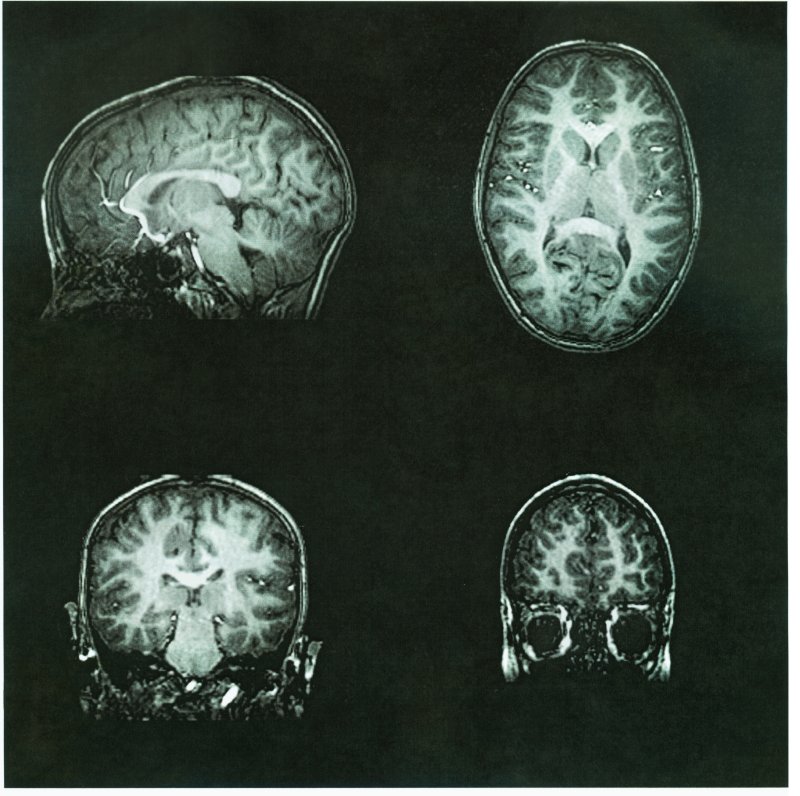
Researchers have found that severe antisocial behavior differs
between boys and girls by using magnetic resonance imaging, or MRI.
Photo by Suzanne Tucker/Shutterstock
July 21 (UPI) -- Researchers at the
University of Bath found severe antisocial behavior known as conduct
disorder may be different between boys and girls.
The study, published in the Journal of the American Academy of Child and Adolescent Psychiatry, utilized magnetic resonance imaging, or MRI, to map the brains of more than 200 teenagers age 14 to 18.
Researchers identified 96 teens with conduct disorder, which is a
severe antisocial behavior with symptoms ranging from lying and truancy
to physical violence and weapon use, and 104 healthy teenagers.
Conduct disorder is believed to affect at least 5 percent of school
age children and it is three times more common in boys than girls.
The study showed that specific areas of the brain differ in structure
between boys and girls with conduct disorder, such as lower cortical
thickness in boys with conduct disorder but higher thickness in girls
with conduct disorder.
"Our results indicate that the development of the brain is disrupted
in boys and girls with severe antisocial behavior," Dr. Graeme
Fairchild, of the University of Bath's department of psychology, said in
a press release. "These findings suggest that the causes of severe
antisocial behavior, and particularly the biological basis of these
behaviors, may differ between boys and girls. This could lead to the
development of sex-specific treatments or prevention programs for
at-risk young people.
When News Breaks Out, We Break In. (The 2014 Bloggies Finalist)
No comments:
Post a Comment